Capturing Gen Z Attention: Top Trends Marketers Need to Know in 2024
PUBLISH DATE: 22 February 2024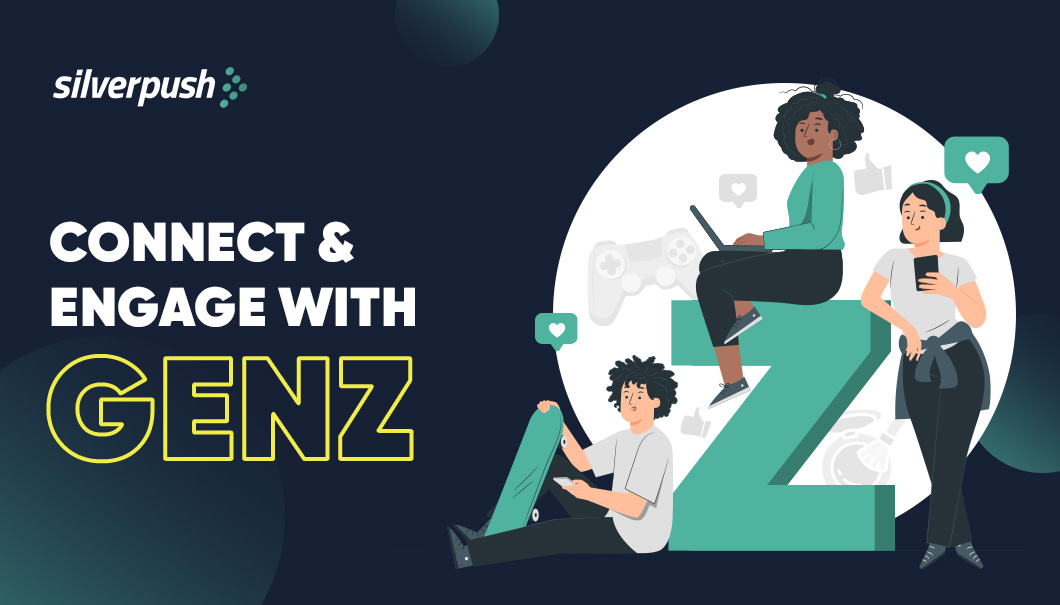
Step aside, millennials; a fresh generation is in town – Gen Z has taken the spotlight. Born between 1997 and 2012, these digital natives are rewriting the rules of everything, from fashion to politics, and most importantly, how they consume information. For Gen Z, the search engine is now a TikTok, a YouTube tutorial, or even a casual browse through Amazon. This seismic shift in behavior presents a golden opportunity for savvy brands.
With an estimated spending power of $360 billion & an increasing influence (41 million GenZers shall be eligible to vote in 2024 US elections. Their influence extends beyond consumer choices to shaping the political landscape. As the torchbearers of the future, Gen Z demands a nuanced approach – one that not only caters to their preferences but also resonates with their aspirations and ideals.
But these digital natives tick differently. They crave authenticity, not airbrushed perfection. They value experiences that enrich their lives aligning with their beliefs, not just catchy slogans. So, how do the marketers navigate this brave new world and win their hearts in 2024?
Key trends that will define how brands can win over Gen Z in 2024
1. The Rise of the Social Search Engine
Google, move over! Gen Z turns to social media platforms like Instagram and TikTok for answers. These platforms, with their curated feeds and engaging content, are becoming new search engines. This shift opens doors for brands to be discovered organically. Think of it as a giant virtual party where you’re not just selling, but joining the conversation.
In the past year, several platforms introduced search advertising offerings, indicating an increased focus on social search that marketers are likely to prioritize in 2024.
For advertisers, it’s not about shouting your message; it’s about being present where they are, answering their questions, and sparking their curiosity in a natural, engaging way.
2. Fashion & Beauty: Get Weird, Get Wonderful
GenZ now makes up more than 40% of Pinterest’s 482 million active monthly users and is the platform’s fastest-growing demographic. Prepare to be dazzled by aquamarine makeup, chunky hoops the size of planets, and hairstyles inspired by jellyfish!
Pinterest, a Gen Z haven, predicts these Gen Z fashion trends will explode in 2024. Campaigns with themes such as “eclectic grandpa” style, a quirky blend of retro streetwear, and chic cardigans, are gaining traction. Given the platform’s impressive 80% accuracy rate in predicting past trends, marketers are encouraged to pay attention.
What drives this maximalist aesthetic? According to Pinterest, it’s all about squeezing every ounce of joy out of life and surrounding yourself with things that make you happy. For marketers, this translates to creative freedom. Embrace the bold, the weird, and the playful. Create campaigns that encourage self-expression and individuality, while experimenting with new formats like augmented reality filters or interactive quizzes that tap into GenZ’s love for games and experiences.
3. The Midas Touch with a Conscience
Gen Z has the power to make brands soar, but they’re also incredibly mindful. They care about equality, sustainability, and the impact their choices have on the world. A recent Edelman study revealed that 73% of Gen Z consumers choose brands based on their values. So, it’s not enough to simply be trendy; brands must demonstrate a genuine commitment to making the world a better place.
In the upcoming 2024 U.S. election, the influence of young people will be substantial, as millennials and Gen Z voters are projected to make up 40% of the electorate. Nevertheless, both Democrats and Republicans will face challenges in mobilizing Gen Z voters to participate in the electoral process.
Beyond the Trends: Building Lasting Connections
While these Gen Z trends offer a roadmap, the crucial takeaways are, that they’re diverse, nuanced individuals with unique interests and aspirations. The key is to move beyond the trends and focus on building genuine connections. Engage with them in authentic conversations, listen to their concerns, and create experiences that enrich their lives.
In 2024, the brands that win Gen Z’s hearts won’t be the loudest or flashiest. They’ll be the ones who understand their language, respect their values, and offer them more than just a product – they’ll offer a sense of belonging, a platform for self-expression, and a chance to make a difference. So, dive deep into the world of GenZ. Embrace the weird, the wonderful, and the socially conscious.
Advertising Trends to Look Out for in 2023
PUBLISH DATE: 24 November 2022
The advertising industry is moving fast, and digital advertising is looking forward to innovation. The industry revenue grew a record 35.4% in 2021 (as per reports by IAB) and is on its way to another banner year in 2022, it’s also under intense regulatory and consumer scrutiny. With an increased demand for improved data privacy standards from consumers, to the ongoing phase-out of third-party cookies by almost all major internet browsers – adtech and data privacy are forecasting the coming storm.
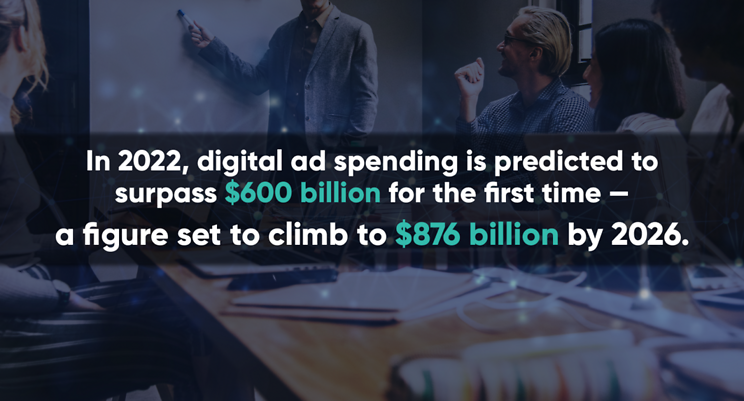
With new technologies emerging every day and consumer habits and expectations evolving, brands and agencies need to stay up to date on the latest digital advertising trends.
This article will cover the advertising trends to watch out for in 2023 and beyond.
The Rise of (Shorter) Video Ads
As of now, at present, there is only one king of content, its video. Video continues to be one of the most prominent digital marketing trends. About 93% of marketers believe video covers better than any other type of content marketing format. (Source: vidyard.com)
If you think it will slow down in the coming years, then you need to take a second look. According to Vidyard, in 2021, there was a 178% increase in video creation compared to 2020.
However, one significant trend to note is that video ads are getting shorter. As many as 56% of video ads are now less than two minutes long. But marketers need to optimize their video content for each platform since consumers expect different lengths of video content on different platforms.
So, if you’re using video marketing as part of your content marketing strategy, then these benchmarks will help you optimize your content on all platforms (by Hubspot):
- Instagram — 30 seconds. Did you know? Our brain process visuals 60,000 times faster than text, thus scrolling is much faster on this platform than on others. The key is to keep the hook (the most engaging part) of your video shorter than 15 seconds!
- Twitter — 15 seconds or less. Although Twitter allows videos up to 140 seconds, only the ones below 15 seconds get featured consistently.
- Facebook — 01 minute. It has been found that the Facebook audience engages best with content that’s around one minute long.
- YouTube — 10 minutes. When was the last time you wanted to watch a video? In those, I-want-to-watch moments, users gravitate to YouTube. The platform has become a legitimate source of entertainment for millions, all in just a decade. With 2.29 billion active users on YouTube, brands shouldn’t ignore the platform to be a part of their media plan. The 10-minute video might be a popular choice as that is where creators can insert ads. YouTube Shorts, on the other hand, are a lot like Instagram stories, so the standard 15-second rule applies to those as well.
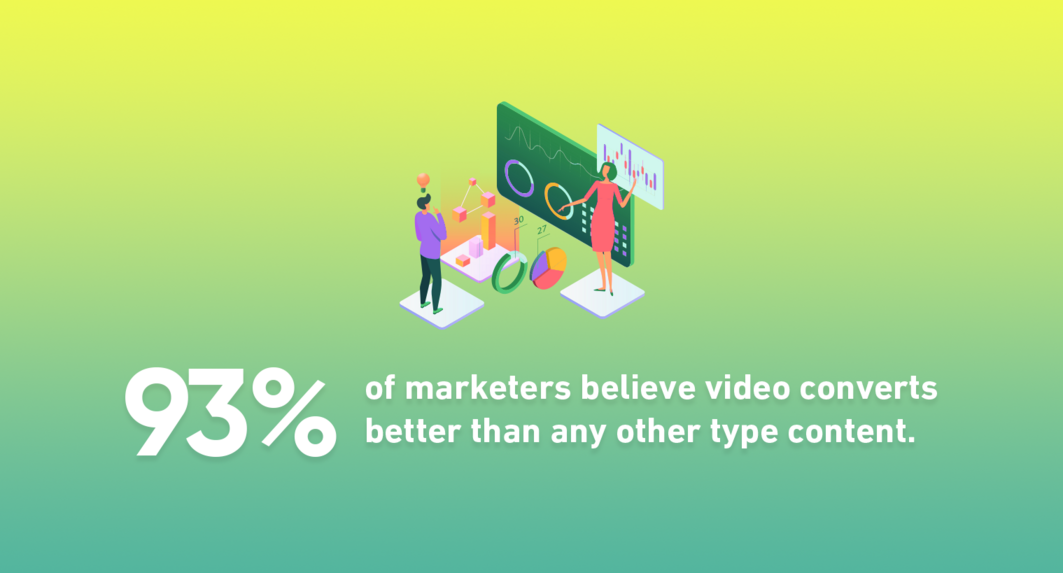
Dominance of Programmatic Advertising
Programmatic advertising is defined as the use of artificial intelligence and machine learning to buy and sell ad space in real-time rather than through human negotiations, thus saving businesses vast amounts of money and reducing the cost per lead. According to a report by eMarketer, over 90% of display ads will have been transacted programmatically in 2022.
Although the increase in programmatic advertising has slowed in 2022, it is expected that marketers will have spent $123.22 billion on programmatic ads by the end of the year – and much of what’s driving this growth is the sudden rise of Connected TV (CTV) advertising.
Advertisers (Finally) Learned to Love CTV
2022 is the first year that video has surpassed non-video formats in programmatic ad spending.
CTV ad spending is set to grow to $74.88 billion dollars in 2023 – the growth of CTV advertising is due to its effectiveness and reach. Around 84% of consumers said that they’ve bought a product after watching a brand’s video [source: wyzowl.com], and in the US alone, 50% of households have at least one CTV device installed [source: statista].
Though YouTube has been a dominant player in the CTV advertising space until now, in 2022 it will account for 43.5% of programmatic ad spending, down from 54.6% in 2020.
It is said that the share of YouTube for programmatic CTV ads will decrease continuously as other streaming platforms step up their programmatic ad game.
Omnichannel Advertising will Enter the Physical Retail Space
85% of consumers cross-hop on different channels. They don’t just hop from one shop to another; they also hop across multiple channels while shopping. That’s why 87% of retailers recognize that an omnichannel marketing strategy is crucial for their business.
Omnichannel marketing is a strategy that is used to create your brand’s presence across multiple online (website, app, social media, email, SMS, WhatsApp) and offline (retail store, events, call center) channels.
It is to be noted that this trend isn’t limited to digital advertising only – omnichannel is now poised to enter the physical retail space.
Venturing into physical retail opens up new doors in the realm of programmatic advertising, specifically, in DOOH. With DOOH, advertisers can use geotargeting to serve ads to the target audience via dynamic Digital Signage screens.
QR Codes will Make Shopping Easier
Quick Response – or ‘QR’ – code is the digital equivalent of a barcode and an efficient way to reach users on their mobile devices.
Generally, it is built into most smartphones’ cameras, which activated a digital response when scanned.
With QR codes, there are endless marketing possibilities. It can be used to open a website – where you can display information about your product or service – or take another action, such as making a phone call or sending an email or message on social media.
It can be created easily and for free. Once it is done, you can place it on your website or next to your digital ads.
Marketers will Innovate Cookieless Advertising Solutions
The world of marketing has been hassled ever since Google’s announcement that it would be phasing out third-party cookies by 2024. For years, advertisers and marketers have been using cookies to target customers and offer them personalized advertising campaigns, leading to higher conversion rates.
However, from 2024 onwards, companies will only be able to rely on their own customer data. A fact that 71% of agency and brand executives are worried about after the third-party cookies are no longer in existence [source: digiday]. But, it is key to note that consumers are more than willing to welcome privacy – 42% regularly clear their browser history, 25% use incognito or private browsing, 22% decline cookies, and 20% use a VPN.
Marketers aren’t waiting anymore for a cookieless future to approach – basically “don’t wait for Google” is the mantra that is the mind of advertisers and marketers. So far, the best approach is to collect plenty of first-party data and use cookieless signals – such as device IDs and IP addresses to target customers.
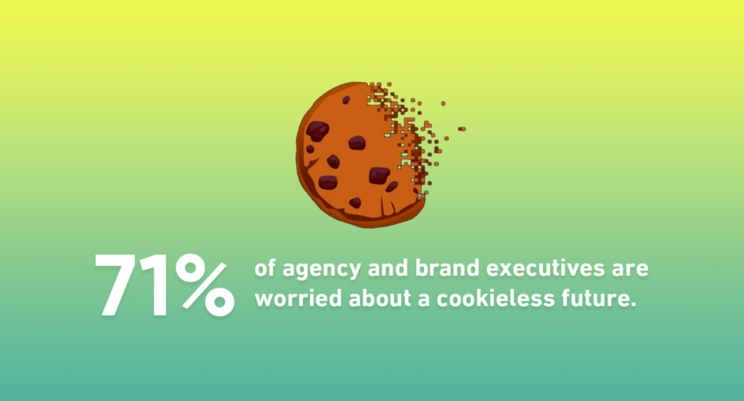
Voice Search Ads are the Next Big Thing
According to a report by InsiderIntelligence, 42.7% of adults have used voice search on their mobile devices at least once a month, and 32% will be using smart speakers for voice search just as often. Moreover, it’s estimated that by 2025, 123.5 million adults in the US will use voice assistants at least once per month.
Voice search ads offer a new opportunity for marketers – just as they currently optimize written and video content for SEO purposes, they will need to start optimizing ad campaigns to target voice search.
In what form these voice search ads will take remains, but they may also include:
- Pre and post-roll ad placements played before or after the search query answer
- Screen-synced ads that appear on-screen while the voice search results are played
- Paid answers that play before the organic search results
- Data-driven ads based on the search provider’s database
Chatbots are the Future of Conversational Marketing
A chatbot allows your business to be able to serve more clients with fewer resources and effort. Conversational marketing mirrors the way humans interact with one another and creates an instant connection between customers and the company.
However, unlike human beings, the chatbot needs no salary and is available for service 24/7. With 90% of consumers expecting an immediate response to their inquiries, chatbots continue to be a way for businesses to offer 24/7 service.
AI and Machine Learning are Improving Marketing in 2023 and Beyond
Artificial intelligence and machine learning marketing tools have helped brands to optimize impressions, click-through rates, bid levels, and targeting.
The AI market is expected to grow to half a trillion dollars by 2024. Marketing and sales represented that 20% of people across all industries have adopted AI in 2021, second only to product development.
Social Media Marketing will Become More Authentic
Despite the heavy reliance on AI and automation, consumers – especially Gen Z and Millennials – crave the human touch. They want companies to interact with them that they perceive as authentic.
Various brands are leveraging their social media platform to raise brand awareness through UGC (user-generated content). 62% of people are more likely to click on an image with UGC than an image created by a brand.
Metaverse will Change the Advertising Industry
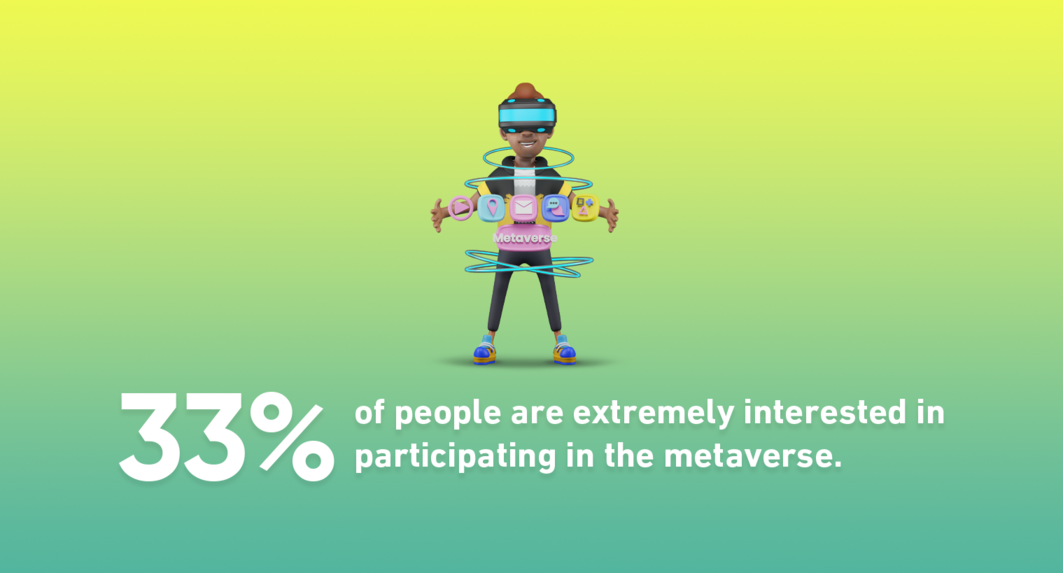 The Metaverse is here, and users are into it. 33% of people are extremely interested in participating in the Metaverse, with mostly Gen Z and Millennials (42%). Meanwhile, only 15% of consumers say that they have no idea what it is.
The Metaverse is here, and users are into it. 33% of people are extremely interested in participating in the Metaverse, with mostly Gen Z and Millennials (42%). Meanwhile, only 15% of consumers say that they have no idea what it is.
But what will digital advertising look like in the Metaverse? No one knows that for sure. However, given that users mostly use it to watch TV and films (51%), play games (44%), browse products (43%), and watch live events like concerts (41%), it represents a huge opportunity for marketers.
Be Seen, Be Relevant, Be Safe with Silverpush
With so much going on in the world of advertising – from CTV to voice search ads to cookie-geddon – deciding on which digital advertising strategy will work for you could be overwhelming.
But when you partner with a specialist marketing solution provider like Silverpush, rest assured that you’re supported by a team of ad-tech experts and advanced AI technology solutions that can help take your business to next level. Contact us today to know more about our AI contextual solutions.
Latest Digital Advertising Trends to Watch For in 2022
PUBLISH DATE: 11 May 2022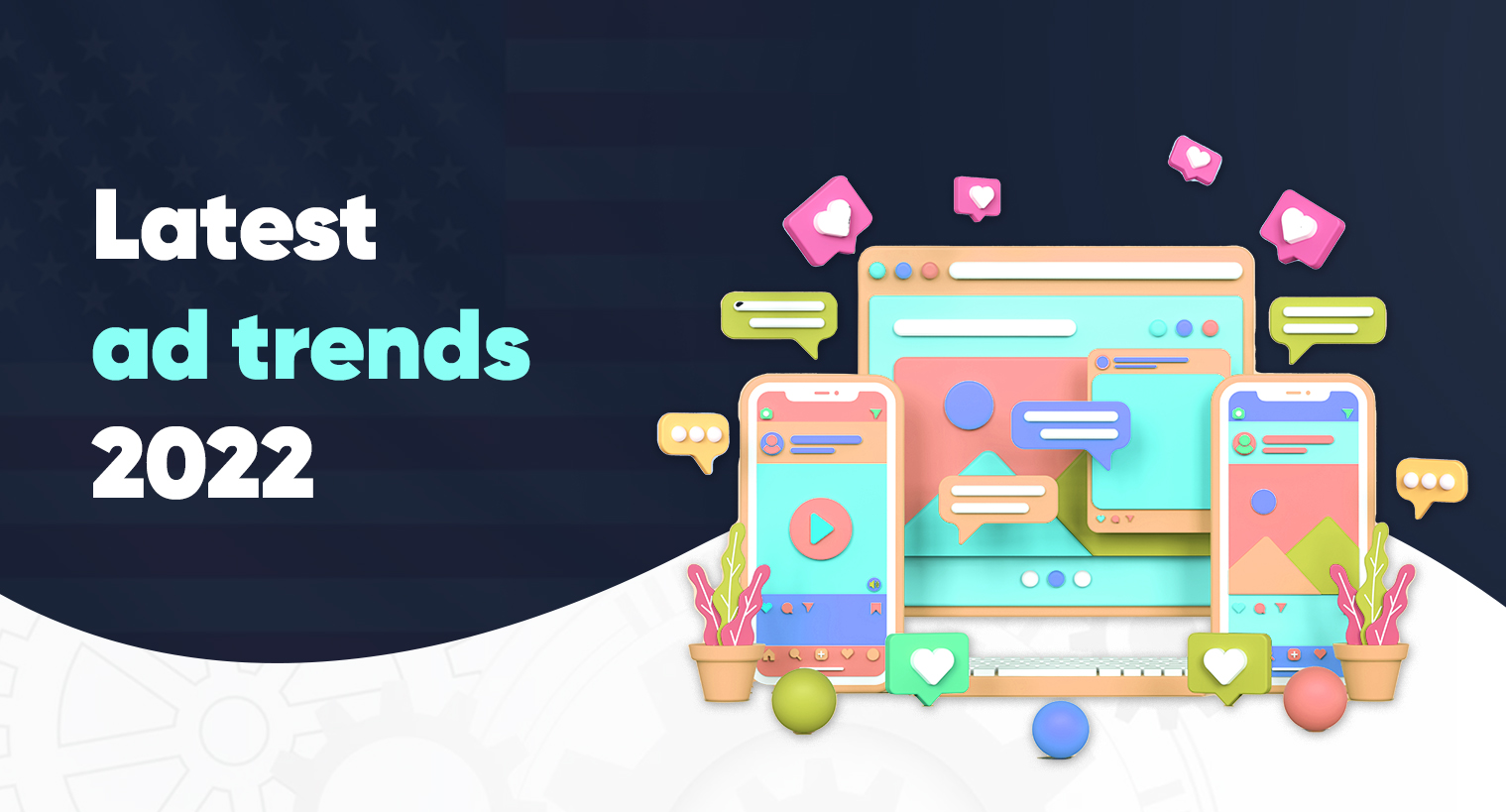
Not surprisingly, the pandemic has rocked the advertising industry trends. Due to the unforeseen changes in online advertising trends, spending dipped last year.
But as per the studies, the ad spending is expected to get back to the pre-pandemic level by the end of 2022. So, what fluctuations can we expect this year? Let’s understand the top digital advertising trends of 2022.
Latest Digital Advertising Trends For 2022
- Video Ads are Getting Shorter
Mobile ad spending in the U.S is estimated to be around $53billion by the year 2025. The major focus of advertisers is on short-form video ads as today’s consumer has very little patience to watch long videos.
One research stated that Instagram videos shouldn’t be longer than 30 seconds, Twitter video ads should be limited to 45 seconds, and Facebook ads should be limited to 1 minute.
Few brands are switching to ultra-short, but engaging, ads to beat the “skip” button on YouTube.
2. Ads are Losing the Sound
Let’s accept it, we’ve all been at that spot where we’re on a website when a video ad that we can’t view starts to play at high volume. Truth to be told, this type of situation irritates many people — around 66% of users say they don’t like it when video ads automatically play with sound.
To overcome this issue, the video with default mute sound setting will be the best alternative to such video ads in the coming years. These sorts of video ads are integrated into the content the viewer is consuming. They start playing without volume when the viewer scrolls over them and stops once they are out of view. Statistics reveal that such video ads have a higher CTR and longer engagement rate.
3. The Popularity of Mobile In-Gaming Ads is Increasing
Downloading of mobile gaming apps has increased by 45% during 2020. The huge majority of game users are highly invested in their play.
Almost 70% say they can give up TV or social media but not mobile gaming. Studies reveal that users are twice as likely to pay attention to in-game video ads than other ads on the internet.
This sort of in-game ad offers higher engagement rates and a $30CPM. Famous brands like Ford, Coca-Cola, and Unilever are already investing in in-game ads.
4. AI is Acquiring a Prominent Role in Advertising
Artificial intelligence and programmatic learning are bringing a revolution to various businesses. AI technology is highly prioritized in sales and marketing departments compared to other departments.
In the latest marketing and advertising trends, AI is creating a positive impact in terms of efficiency and data analysis. Advertisers are using different sorts of AI tools to improve the way they analyze and optimize click-through rates, bid levels, impressions, and targeting.
5. Users are Demanding More Social Media Ads
As advertisers are experimenting with various forms of advertising, social media marketing hasn’t been left behind either. According to various researches, social media marketing is one of the most effective digital advertising trends.
Advertisers are turning to social media to create a perfect balance between normal brand content and user-generated content that shows the human face of the brand. With the rapid development of social media advertising, marketers are shifting to this marketing and advertising trend as it is cost-friendly and effective.
Also Read: 8 Latest Social Media Trends to Watch Out For In 2022
Conclusion
Above-mentioned digital advertising trends are among the top current advertising trends of 2022. Digital advertising trends are changing quickly as users are spending more and more time on mobile devices and social media. Increased use of AI tools is helping advertisers to manage these online advertising trends and make the most of their ad spending in the future.













